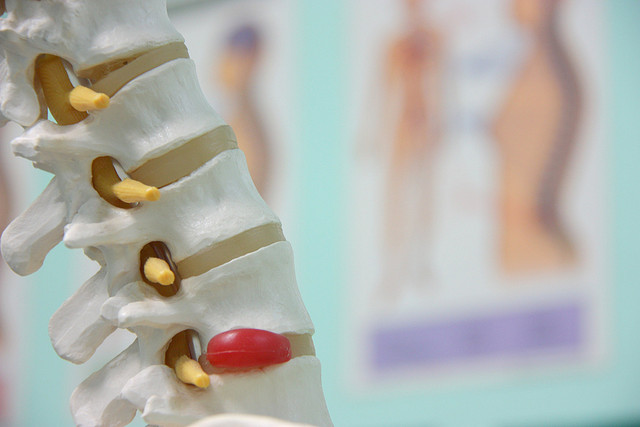The contribution of 3D printing in the healthcare sector cannot be neglected. From prosthetics to body implants 3D printing is the star of all the sectors. In the field of orthopedics, 3D printing has been the technology to resolve many problems which earlier we hard to solve.
After prosthetics now a new era of orthopedic surgery is shaping up at the Peking University where an Electron Beam Melting (EBM) 3D printer is being used to create titanium implants that are a perfect fit with the patient’s body. For many years Dr. Liu Zhongjun has used this technique to develop new spinal implants. He has created many such customized implants which are patient specific. Dr. Zhongjun has used these implants on more than 50 patients and nobody had any undesirable side effects or any adverse reaction. Dr. Zhongjun says that “3D printing technology has two very nice features: 1. It can print specific structures; 2. It is capable of producing porous metal.”
Similar work can be seen in progress in UK, but the difference being that these spinal implants are being created in a dental lab. The dental lab which is based in Nottingham by the name of Attenborough Dental is one of the largest dental laboratories in Europe which operates in more than 20 countries worldwide. Recently the company has received a fund of £146,000 from TSB Strategy Board for the transfer of knowledge with the University of Nottingham and the Queen’s Medical Centre (QMC). With the help of this funding the company has employed a post graduate research assistant to help to apply digital technologies to orthopedics.
This lab will be the first lab that will transfer 3D printing technology used in the dental field to orthopedics. The company plans to use 3D scanners and 3D printing to create spinal implants, which later would evolve and be used for knees and hips. The lab is planning to 3D scan the patient and then makes a customized spinal implant with the help of a 3D scanner. The lab expects to make these customized spinal implants for 24 patients by the end of next year. The lab has a 3D patient scanning centre which has an accuracy level of 20 microns. Currently spinal implants are generic which means that there is only one basic size that is fitted in everybody’s body. Since everybody body is different from one another, patients have to adjust themselves with the implant rather than the implant fitting them.
The immense potential that 3D printing has is still undiscovered. Slowly the concept of 3D printing is revolutionizing the medical world. Last year, doctors at the Kyoto University Graduate School of Medicine successfully transplanted 3D printed bones into four patients with cervical spine disc herniation. The cost is also quite low that is incurred to make these implants.
With the advancement in the technologies of 3D printing and 3D scanning, the target market and the application of these technologies are bound to expand in no time at all. It all depends on us and to what degree we are ready to exploit this technology. Attenborough Dental has realized this, and is all set on a journey to unveil something new to the healthcare industry.
Image Credit: Michael Dorausch (flickr handle: chiropractic)
